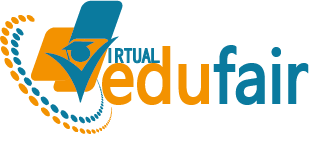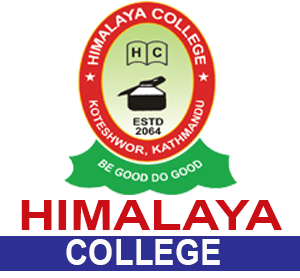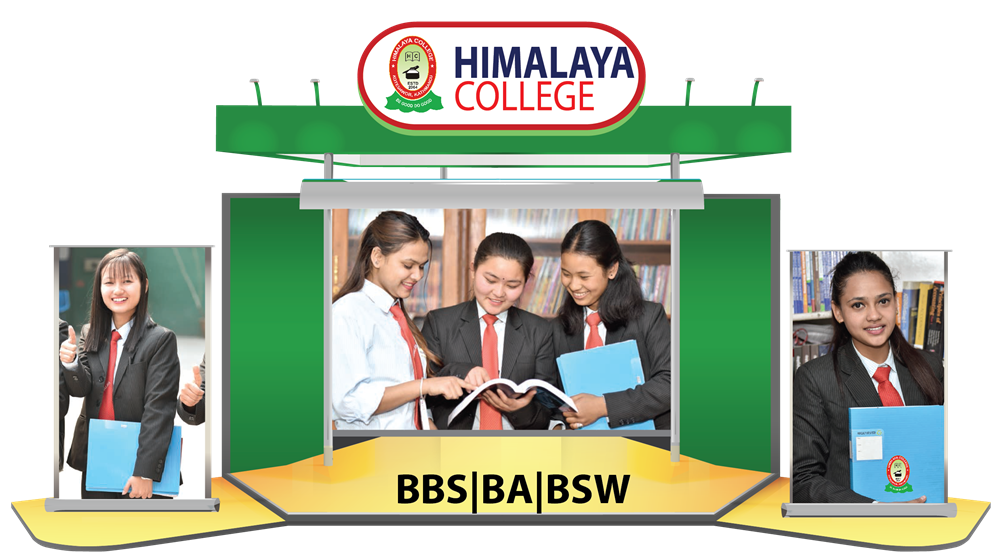Course Description
BA in Journalism and Mass Communication enable students to appreciate and discuss the importance of studying journalism and mass communication in relation to mass media. They will be able to apply mass communication principles and have insight into communication issues through application in the practical fields. Students gain insight into the history, laws and ethical issues of media functioning, including management and organization understanding of news operation and editing and identify major trends in national and global media, raise issues with information flow system and define systems that govern the role and operation of journalism activity.
Admission Guideline
BA in Journalism and Mass Communication enable students to appreciate and discuss the importance of studying journalism and mass communication in relation to mass media. They will be able to apply mass communication principles and have insight into communication issues through application in the practical fields. Students gain insight into the history, laws and ethical issues of media functioning, including management and organization understanding of news operation and editing and identify major trends in national and global media, raise issues with information flow system and define systems that govern the role and operation of journalism activity.
Syllabus
| Name of the Course | Topics | Description |
|---|---|---|
| Introduction to Communication | Introduction Models of Communication Basics of Mass Communication Limited Effects Paradigm Media and the Public Sphere Growth and Evolution of Media | This is an introductory paper which gives an overview of the field of journalism and maps its evolution through to modern times. |
| Principles of Journalism | A brief introduction to Journalism Pioneers of Indian Journalism Role of Press in Democracy Theories of Press Introduction to Regional Journalism Concepts related to Newspaper Newspaper and Globalization | This course teaches the basic concepts, history, and scope of journalism. |
| Reporting and Editing Practices | Reporter – Concepts and attributes News Writing Structure Reporting different news stories Newspaper Organization Headlines | This course helps journalism students learn the most important skills of reporting and editing. |
| Writing for Print | A brief introduction to Newspapers, Magazines and other publications Concept of News Newspaper Content Writing Opinion pieces, editorials, feature articles, interviews, profiles, reviews, criticism etc. Principles of editing, rewriting, and translation | Print media is an integral part of journalism and this course helps a student develop an understanding of the various forms of print media and methods of writing associated with them. |
| Writing for New Media | Introduction to New Media Writing for Online newspapers Blogs Cellphone Communication E-mail | With the advent of the Internet, New Media has emerged as a fast-growing means of mass communication. This course prepares a student for various forms of writing for the New Media. |
| Press Laws and Ethics | Origin and definition of Law Law and Morality Types of Law – Civil and Criminal Press Legislations Freedom of the Press Defamation Contempt of Court Censorship Legislative Privileges | This paper focuses on imparting students with the knowledge of laws and ethics related to the field of journalism. |
| Public Relations and Advertising | Introduction to Public Relations Stages of PR Communication with Public Need and Meaning of Advertising Advertising strategies Sales Promotion Advertising Agency Copy Presentation | This paper introduces the related filed of Public Relations and Advertising as these form an integral part of mass communication in the contemporary world. |
| Critical Media Debates | Understanding of Media State monopoly over Media Privatization of Media Alternative Media Spaces Tabloid Culture Construction of News | This course deals with the various issues and challenges related to the field of media and journalism. |
| Television Production | Pre-production- Pre-production: From idea to shooting script Research and planning of location, appointments, interviews, lights, SFX etc. Production proposal, treatment, script outline, screenplay Shot breakdown including visuals, narration/dialogue, SFX and floor plan with characters, camera movements and important set designs Budget: planning, estimate, resources and expenditure Production: Lighting, Sound Television news: News values Analysis of news bulletins Scripting for TV news, TV studio setup Television documentary Practical – Production- Camera techniques/ operation Camera movements, angles, shots Types of cameras Video formats | This paper aims at introducing the various aspects related to broadcast journalism both in theory and practice. |
| History of Communication Media | Historical Context of the emergence of Mass Media Technologies Print Media Sound Media Visual Media The History of Telecommunication and Informatics | This course introduces the history of communication and various medium of communication in India. |



